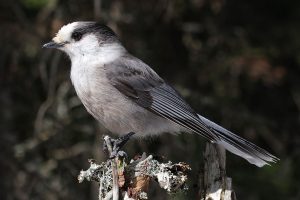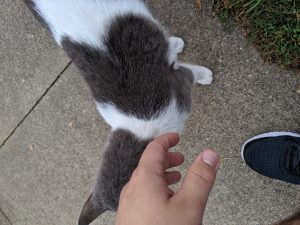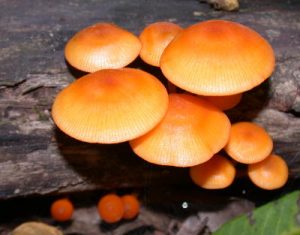The “Gray jay”, more officially known as the “Canada jay”, is used to to title a chapter in William’s book, Refuge. I chose this chapter because the Gray jay has some spiritual meaning to it all over the United States and Canada. It’s symbolized as a part of nature in a folk tale around the Maine/New Brunswick region, where it reflects actions done on it back to the person performing the action. Another representation is by the Ojibwa/Cree tribes in Northern Michigan/Southern Canada surrounding Lake Superior, where trickster gods would take form as the Gray Jay and aid humans. Gray jays are curious birds and are known to interact with humans on many occasions, with no indication of fear.
In this chapter, the Tempest family is mourning the pour health of the family matriarch (Terry’s mother). She is willing to let go and to have a peaceful death, despite still suffering with her battle from cancer. I believe the Gray jay is used to title the chapter as it represents the mother of the story. Many Gray jays have a short lifespan and are known to represent the health of the surrounding ecosystems. As the lake level has began its own treatments, the mother remains with very poor health and only continues to weaken as she does not want the treatments and wishes to pass away. The methods of trying to treat her condition only make her feel worse, but in comparison, the treatment of the lake fixed the flooding of the lake but ended up displacing many birds around the environment. Much like the Gray jay, she represents the land around her and everyone in the Tempest family knows it as well. 



